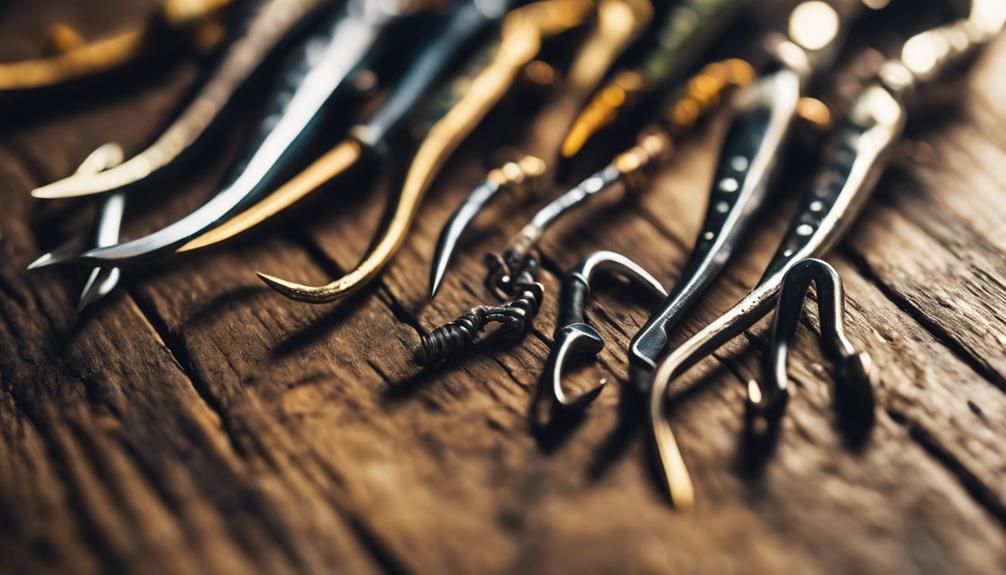Fly fishing is an art that requires knowledge, skill, and the right materials. One of the most crucial components of successful fly fishing is understanding the types of fly fish food that attract trout and other species. In this comprehensive guide, we will explore various aspects of fly fish food, from its types and importance to tips on how to choose the right kind for your fishing adventures.
What is Fly Fish Food? Understanding the Basics
Fly fish food refers to the various baits and lures used to attract fish, particularly when using fly fishing techniques. Unlike traditional fishing, where live bait such as worms or minnows might be used, fly fishing primarily relies on artificial flies that mimic natural food sources. These can range from insects, crustaceans, and small fish to other aquatic organisms that form part of a fish’s diet. Understanding what constitutes fly fish food is essential for any angler looking to improve their catch rate.
Types of Fly Fish Food: A Closer Look at Natural and Artificial Options
When it comes to fly fish food, there are two main categories: natural and artificial. Natural fly fish food includes insects like mayflies, caddisflies, and stoneflies, which are common in freshwater environments. These insects are vital to the aquatic food chain and are often imitated by fly patterns. On the other hand, artificial fly fish food, or flies, are crafted from various materials designed to replicate the appearance and movement of natural prey. Whether you opt for dry flies, wet flies, or streamers, understanding the difference will help you choose the best option for your fishing location and target species.
The Importance of Matching the Hatch in Fly Fishing
One of the most critical concepts in fly fishing is “matching the hatch.” This term refers to the practice of selecting a fly that closely resembles the natural food source that fish are currently feeding on. Fish are highly selective, and their feeding habits can change based on the time of day, season, and weather conditions. By observing the insects present in the water, anglers can choose the right fly fish food that mimics these natural offerings. Matching the hatch is crucial for increasing your chances of success on the water.
Choosing the Right Fly Fish Food for Your Target Species
Different fish species have varied diets, so it’s essential to tailor your fly fish food selection accordingly. For instance, trout are known to feed on a wide range of insects and small aquatic organisms, while bass may prefer larger prey like minnows or frogs. Understanding the dietary preferences of your target fish species will significantly enhance your fishing strategy. Researching local fishing reports and consulting with experienced anglers can provide valuable insights into the best fly fish food for your specific location.
The Role of Seasonal Changes in Fly Fish Food Selection
Seasons play a pivotal role in determining what fly fish food is available and effective. In spring, for example, insect activity increases as waters warm, making it a prime time for dry flies that mimic emerging insects. In the summer, fish often feed on larger prey, such as hoppers and beetles. Autumn brings about a change in diet as fish prepare for winter, often targeting larger baitfish. Understanding these seasonal patterns allows anglers to adapt their fly selection and improve their fishing success throughout the year.
Tips for Creating Your Own Fly Fish Food: DIY Techniques
For those who enjoy crafting and customizing their fishing gear, creating your own fly fish food can be a rewarding experience. There are countless resources available, including online tutorials and local fly-tying workshops. Essential materials for making your flies include hooks, thread, feathers, and synthetic materials. By experimenting with different patterns and colors, you can create unique flies that cater specifically to your fishing environment and target species. This DIY approach not only saves money but also enhances your connection to the art of fly fishing.
Storing and Maintaining Your Fly Fish Food for Optimal Freshness
Proper storage of your fly fish food is crucial for maintaining its effectiveness and longevity. Flies can be delicate, and exposure to moisture, heat, or direct sunlight can damage them. Investing in a quality fly box with compartments can help keep your flies organized and protected. Additionally, if you use natural bait, ensure it is stored in a cool, dry environment to prevent spoilage. Regularly checking and maintaining your supplies will ensure you are always prepared for your next fishing trip.
Conclusion: Elevate Your Fly Fishing Game with the Right Fly Fish Food
Understanding the nuances of fly fish food is essential for any angler looking to elevate their fly fishing game. By familiarizing yourself with the types of food, the importance of matching the hatch, and the dietary preferences of your target species, you can make informed choices that lead to more successful fishing trips. Whether you choose to purchase ready-made flies or create your own, the right fly fish food can significantly impact your experience on the water. So, gear up, do your research, and get ready to enjoy the rewarding world of fly fishing!
